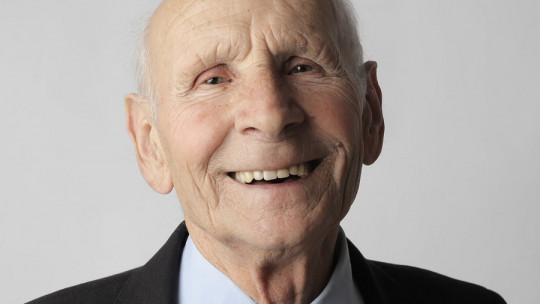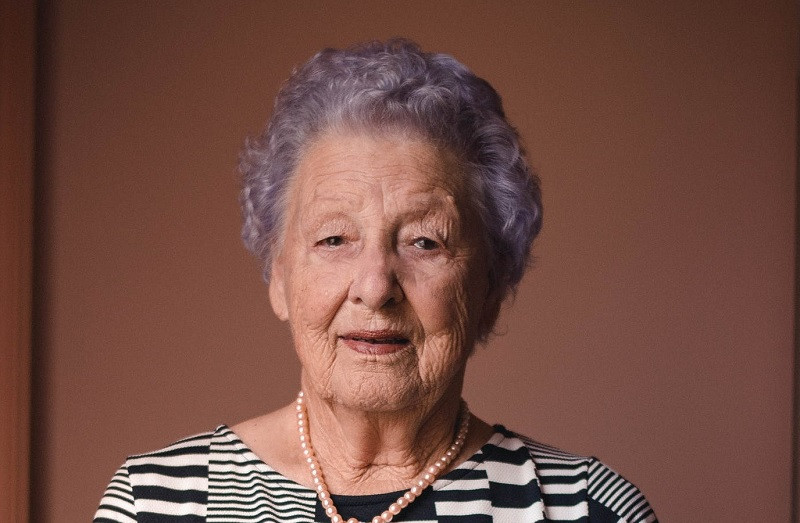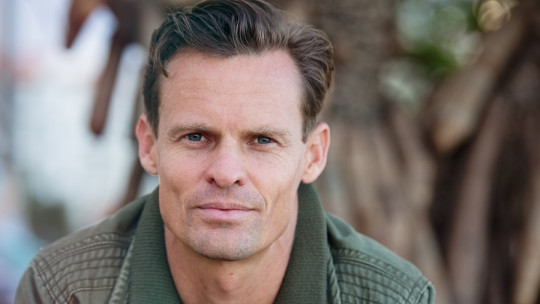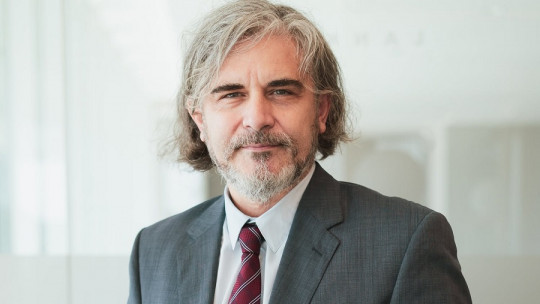
Late adulthood, also known as old age, is understood in popular culture as the last period of our lives This is true, but it is not only that, but it is also the time when we get our well-deserved rest and, if done well, it can be a time of personal growth and development.
In cases where events such as retirement or the death of a spouse are not adequately managed, this stage can be synonymous with loneliness and isolation, as well as physical and mental health problems.
Personality differences and the way one deals with late adulthood are key, an issue that we will explore in depth below.
What is late adulthood?
Late adulthood, also known as old age, third age or senescence, It begins at age 60 and ends just when life does It is characterized by a gradual decline in the functioning of all body systems, with a progressive loss of strength and cognitive abilities, in addition to being more likely to present pathologies of all kinds and neurological disorders.
This is a somewhat controversial stage since some theorists directly call it “old age”, characterized by old age without further ado. Its starting point is also a topic of debate, although it is agreed that it would begin between the ages of 60 and 65 and end until the moment of death.
Since people can live a long time, there are cases of elderly people who are 120 years old, Late adulthood may be the longest period of life although it is also worth mentioning that in other cases there may be the bad luck of dying relatively soon, at only 70 years old.
It is very important that, when this stage is reached, everything possible is done to maintain good physical and mental health It is essential to do physical activity from time to time, in addition to being mentally active and doing relaxing activities so as not to subject the body to too much stress, a harmful factor for it.
Additionally, since older adults are at risk of becoming trapped in loneliness and are weaker, it is essential that they connect with their peers and family, as well as check in on them frequently to make sure they have everything they need.
Physical and psychological characteristics
There are several characteristics that we can highlight in late adulthood.
Physical characteristics
In late adulthood Several physical changes occur, all of them related to the decline in the body Although they are not necessarily synonymous with diseases or medical problems, the truth is that the body during old age is more sensitive to pathologies and physical alterations, such as joint pain or injuries with greater frequency.
Some of the physical changes that we can observe in old age are loss of texture and elasticity of the skin, thinning and total graying of hair, loss of bone and muscle mass, tooth loss and gum problems, worse vision and susceptibility to osteoporosis. The body is more fragile, increasing the possibility of developing diseases that can become chronic, such as diabetes, rheumatism or arthritis.

Psychological characteristics
Regarding psychological characteristics, it is worth mentioning that There has been some debate about what cognitive abilities are like during old age Here the controversy is similar to that which existed with middle adulthood, since it is true that memory, attention, concentration and fluency in solving new problems are lost, but also, as long as there is no dementia, the amount of knowledge is increasing and so is the experience of life.
Fluid intelligence, which is the ability to solve new problems, declines in old age. Instead, crystallized intelligence, based on experience and learning, tends to be maintained or even increases, although in a moderate way. Although it is more difficult to learn new things, you never stop doing it.
Psychosocial development
In recent years, two terms have been very recurrent in the literature to refer to how progress occurs at this stage: successful aging and optimal aging. The use of these terms suggests that there is a right or better way to age. Be that as it may, it is worth mentioning that growth, in the sense of personal development, continues to occur in old age and many elderly people who feel healthy, competent and in control of their lives experience this stage not as the inevitable end but as a very positive stage in which they can explore what they could not when they were younger.
People with more extraverted traits tend to live the first years of old age with positive emotions and happiness, seeing it as an opportunity to try new things or enjoy a well-deserved rest. On the other hand, people with neurotic tendencies usually experience this stage in a negative way, with worry and fear of uncertainty, in addition to perceiving that old age is the time when people stop being useful to society.
Erik Erikson conceived of old age as the last stage of the life cycle whose characteristic conflict is the integrity of the self in the face of hopelessness. People who reach old age need to evaluate, synthesize and accept their lives, admitting that death is approaching them Those who are more extraverted or have a more positive mindset will strive to find a sense of coherence and integrity rather than giving in to despair over their inability to relive the past in a different way.
We can say that the most positive elderly, instead of becoming stubborn and obsessed with what they did not do in their younger years, try to take the bull by the horns and make your old age meaningful, profitable and happy Those who do not achieve this feel overwhelmed by the hopelessness of realizing that they are running out of time to seek other paths to the integrity of the self, following Erikson’s proposal.








